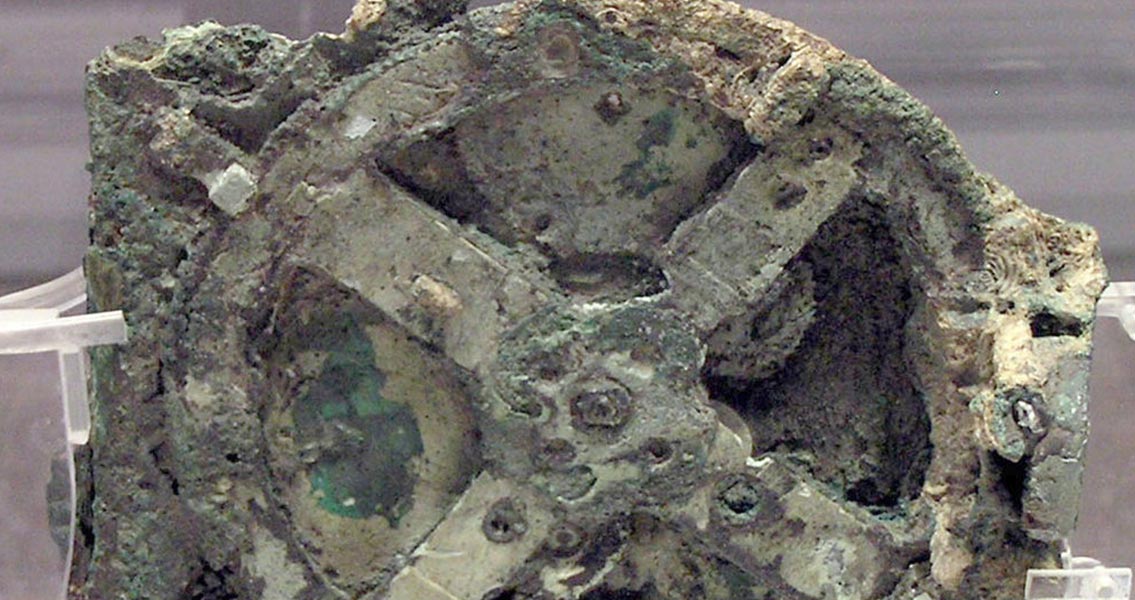<![CDATA[The Antikythera Mechanism was discovered in 1901 in a 2000 year old shipwreck near the island of Antikythera in Greece. The object has perplexed experts for decades, and the mystery is set to get even greater thanks to a recent revelation that estimates of the device’s age could be wrong. The Mechanism is traditionally thought to have been made around 125 B.C., but now researchers Christián Carman of the National University of Quilmes in Argentina and University of Puget Sound’s James Evans state that the device is even older. They estimate that it was actually made in 205 B.C. The researchers published their findings in the journal ‘Archive for History of Exact Sciences’. Highly complex, the Antikythera Mechanism contains 37 gears that can track the movements of the sun and moon and predict eclipses. The device is not particularly large, measuring just 8 inches across. The researchers who first dated the device used radiocarbon dating and the inscriptions on the front and the back to come up with the manufacture date of 125 B.C. Carman, a historical scientist and Evans, a physicist, instead used eclipse patterns from the past to come up with their estimate for the construction date. The researchers began their quest by looking at all the Babylonian records related to eclipses, and matching them with the patterns of the Antikythera Mechanism. They used a Babylonian system because the mathematics the mechanism uses are of Babylonian origin, not Greek. By eliminating all outliers, they came to the conclusion that the most likely date of manufacture was 205 B.C. They also believe that the device was made in Rhodes, and not Syracuse, as was once thought. Archimedes, a resident of Syracuse, is often credited with creating the device, but the inscriptions refer to the athletic competitions held in Rhodes. The Antikythera Mechanism was extracted from a box in a Roman cargo shipwreck. Since the initial discovery, an additional 81 fragments have been found which contributed to the functioning of the device. Scans have shown that the device was originally housed in a wooden frame with two doors, with the doors containing instructions on how to use it. On the front of the frame of the device was a dial that showed the Greek zodiac and an Egyptian calendar, while on the back were two dials that showed the lunar cycles and eclipses. The device was operated with a hand crank. It has been difficult for researchers to study the device, as it was discovered in poor condition. The mechanism began falling apart right after it was taken from the wreck, and since then, scientists have had to use computer generated images to understand more about how it worked. As a result of these images, scientists can study the device and learn more about its origins. The world is definitely looking forward to learning more about a device that was millennia ahead of its time. Image courtesy of: MGA73bot2]]>
Ancient Computer is Older Than Previously Thought
